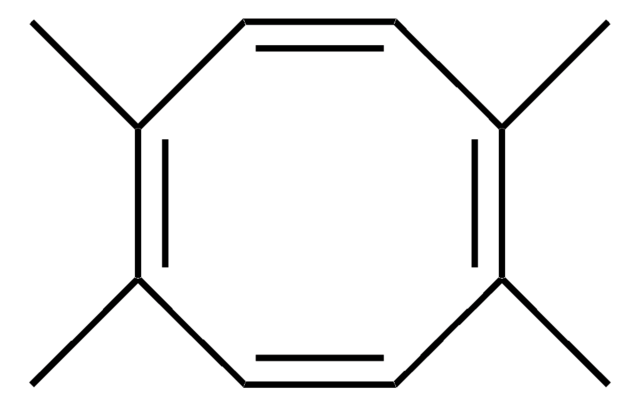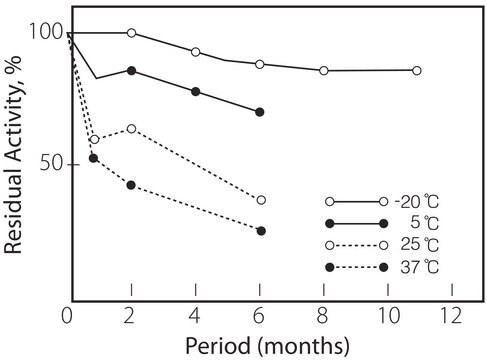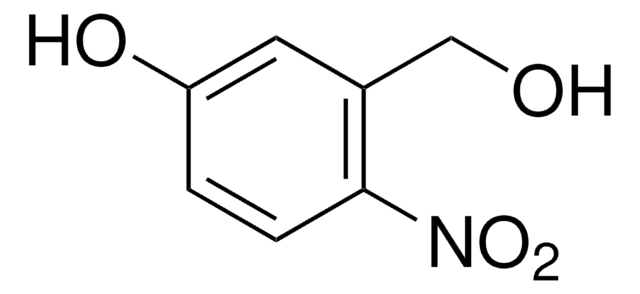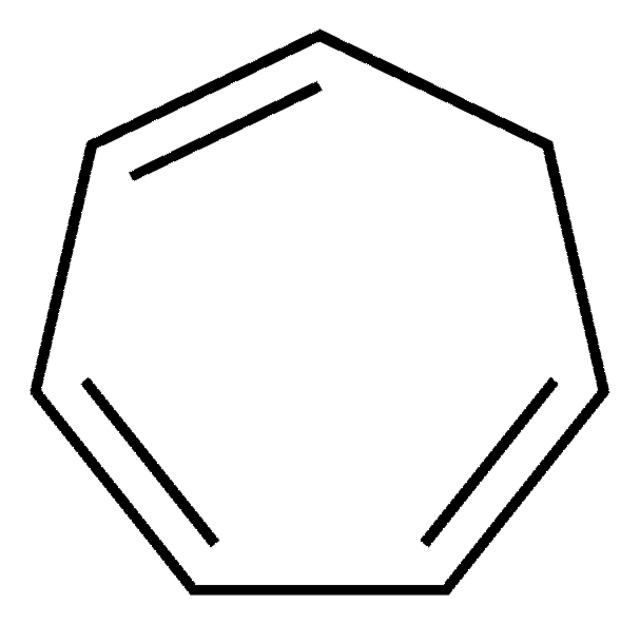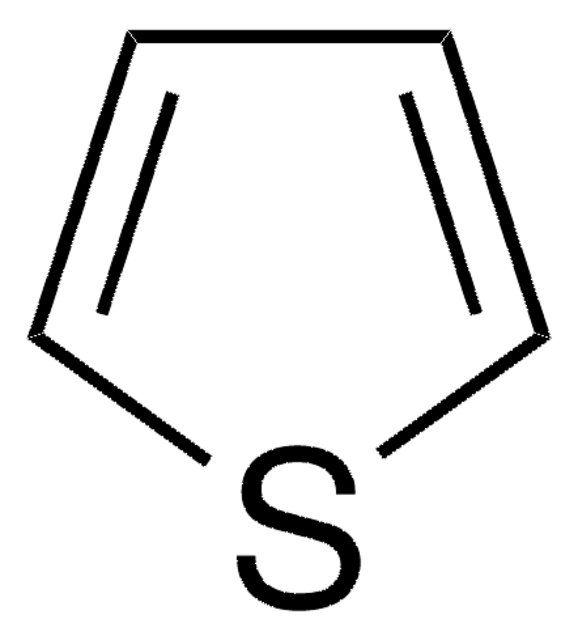Key Documents
138924
Cyclooctatetraene
98%
Synonim(y):
[8]Annulene
About This Item
Polecane produkty
Poziom jakości
Próba
98%
Postać
liquid
zawiera
0.1% hydroquinone as inhibitor
współczynnik refrakcji
n20/D 1.537 (lit.)
tw
142-143 °C (lit.)
mp
−5-−3 °C (lit.)
gęstość
0.925 g/mL at 25 °C (lit.)
temp. przechowywania
−20°C
ciąg SMILES
C1=CC=CC=CC=C1
InChI
1S/C8H8/c1-2-4-6-8-7-5-3-1/h1-8H/b2-1-,3-1-,4-2-,5-3-,6-4-,7-5-,8-6-,8-7-
Klucz InChI
KDUIUFJBNGTBMD-BONZMOEMSA-N
Szukasz podobnych produktów? Odwiedź Przewodnik dotyczący porównywania produktów
Opis ogólny
Zastosowanie
- Used in the synthesis of highly organic film for silicon surfaces to improve its chemical and physical properties.
- Used in liquid state organic dye lasers.
- Used as triplet state quencher to reduce dye blinking.
Hasło ostrzegawcze
Danger
Zwroty wskazujące rodzaj zagrożenia
Zwroty wskazujące środki ostrożności
Klasyfikacja zagrożeń
Aquatic Chronic 3 - Asp. Tox. 1 - Eye Irrit. 2 - Flam. Liq. 2 - Skin Irrit. 2 - STOT SE 3
Organy docelowe
Respiratory system
Kod klasy składowania
3 - Flammable liquids
Klasa zagrożenia wodnego (WGK)
WGK 3
Temperatura zapłonu (°F)
71.6 °F - closed cup
Temperatura zapłonu (°C)
22 °C - closed cup
Środki ochrony indywidualnej
Eyeshields, Faceshields, Gloves, type ABEK (EN14387) respirator filter
Wybierz jedną z najnowszych wersji:
Masz już ten produkt?
Dokumenty związane z niedawno zakupionymi produktami zostały zamieszczone w Bibliotece dokumentów.
Klienci oglądali również te produkty
Nasz zespół naukowców ma doświadczenie we wszystkich obszarach badań, w tym w naukach przyrodniczych, materiałoznawstwie, syntezie chemicznej, chromatografii, analityce i wielu innych dziedzinach.
Skontaktuj się z zespołem ds. pomocy technicznej